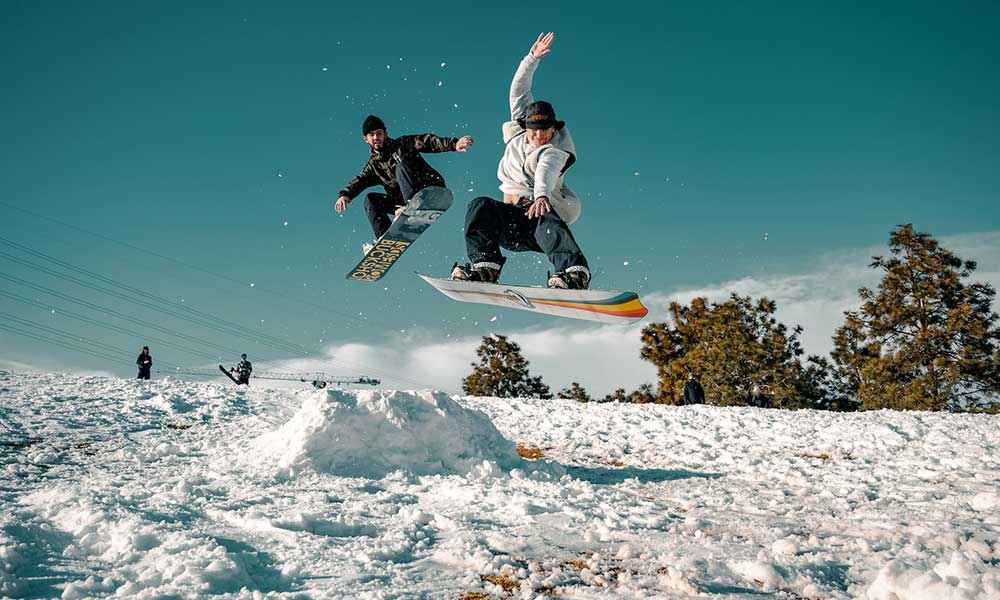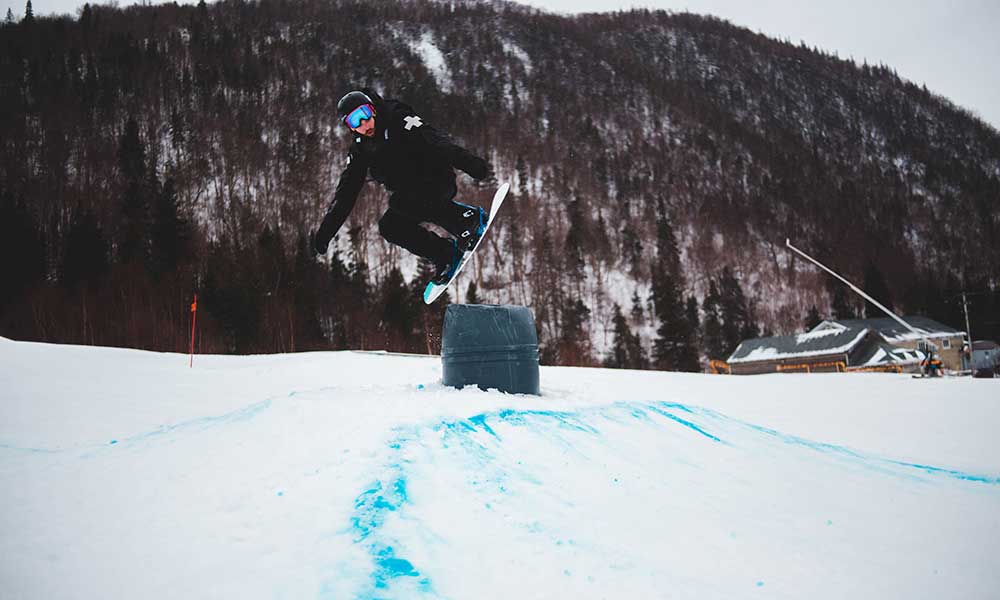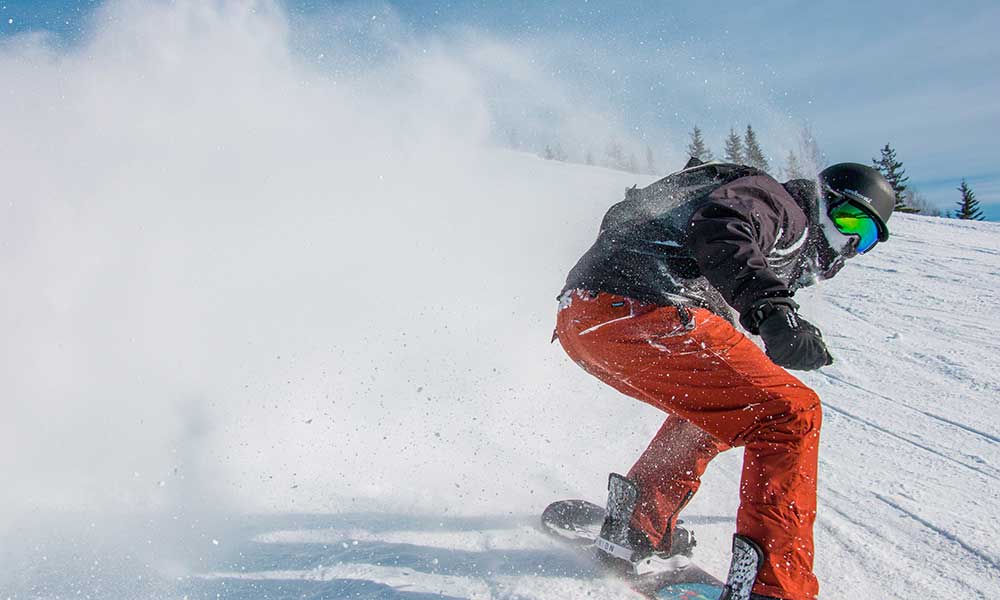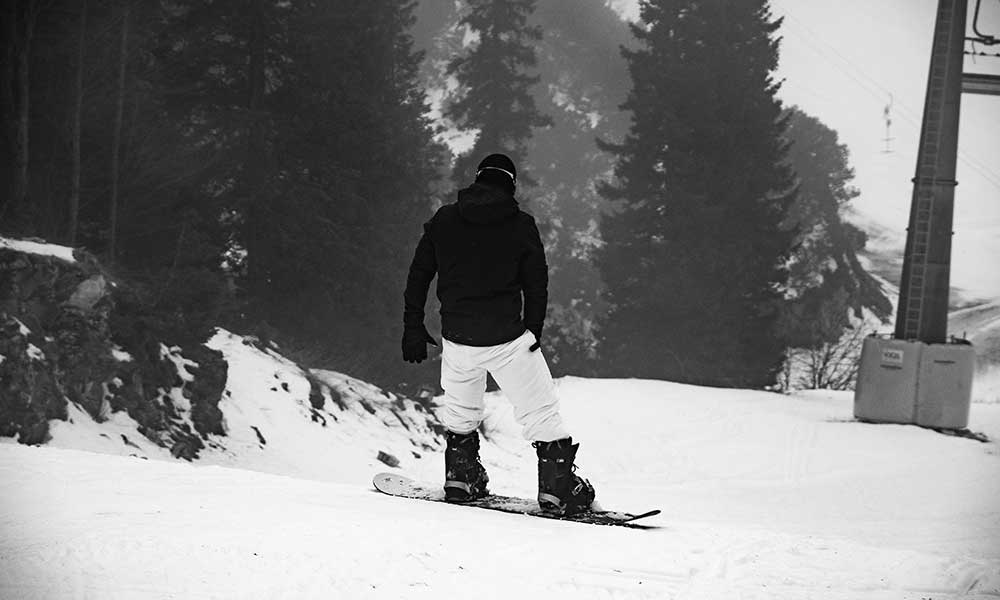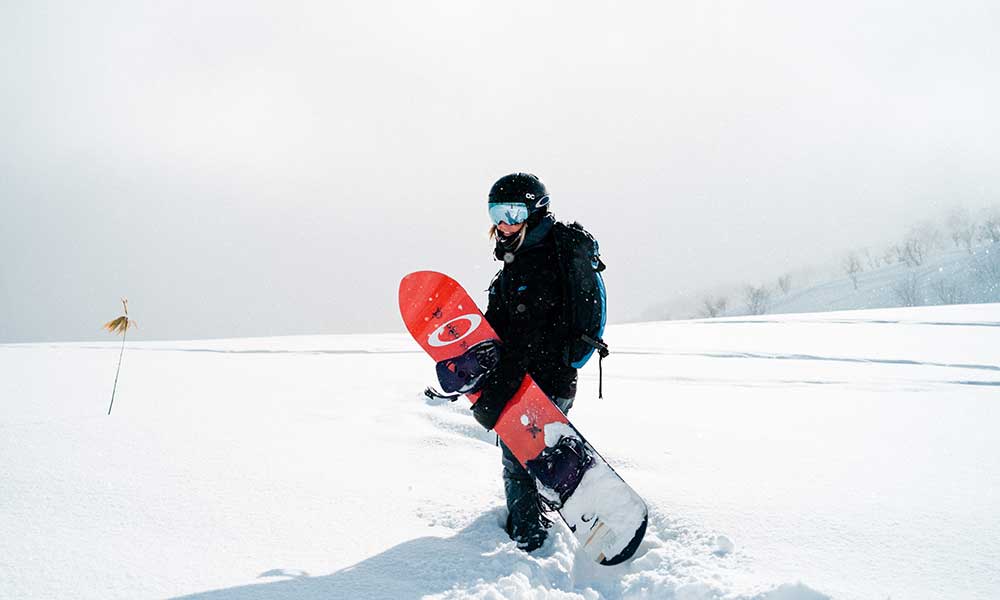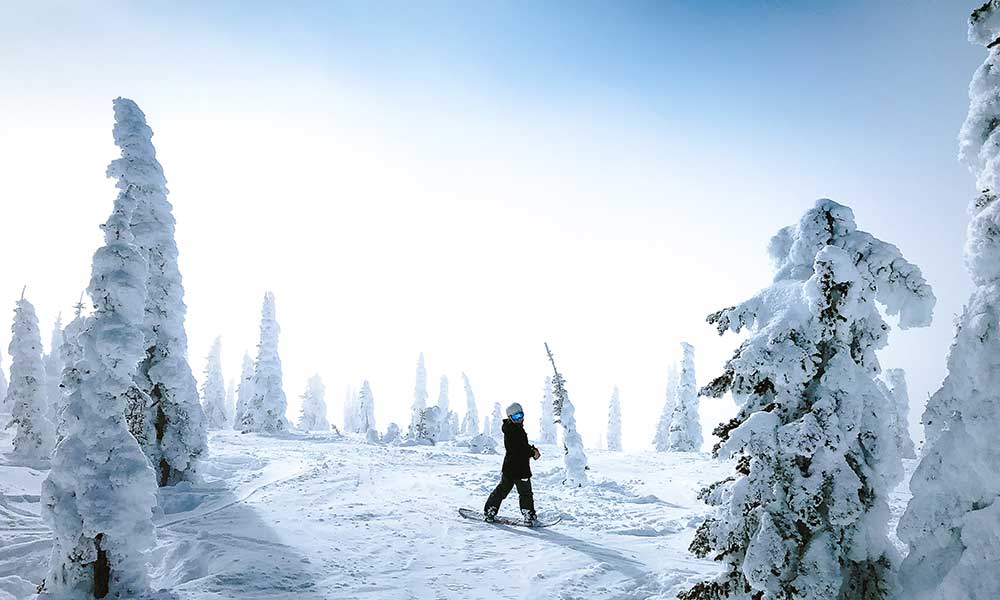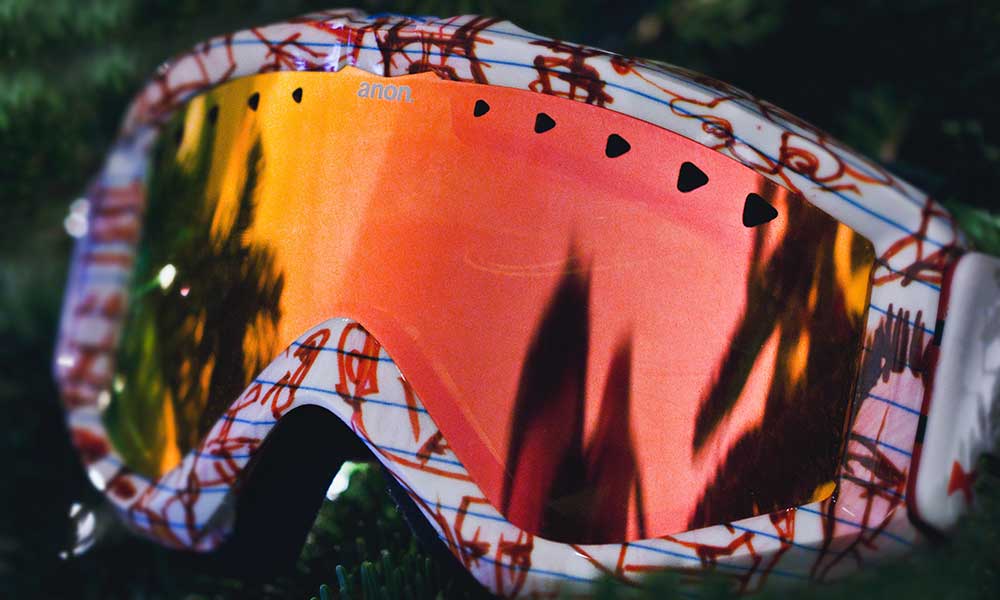If you’re new to the slopes, you’re probably wondering what sort of equipment you need and what locations are best for skiing and snowboarding.
But before you think about any of that, you need to make sure that you have the right clothes.
It’s important to buy and wear the right clothes and accessories when you’re skiing and snowboarding, as failure to do so could leave you exposed and may even lead to serious health problems.
With that said, let’s look at what you need to wear to keep you warm and dry on the slopes.
What to Wear Skiing and Snowboarding: The Basics
Ski and snowboard attire can be very expensive.
There are brands out there that charge in excess of $1,000 just for a jacket, and once you add the other clothing and equipment to the mix, that fun little winter trip of yours could cost you the price of a new compact car.
How Should You Dress When Snowboarding?
But you don’t need to drop 4- or 5-figures to buy clothes that will keep you warm and dry your first day snowboarding.
Just shop smartly and make sure you cover all of the basics, including:
- Long underwear
- Helmet and goggles
- Snowboard boots or ski boots
- Balaclava
- Gloves or mittens
- Snowboard socks or ski socks
- Snowboard pants or ski pants
- A wool top (such as merino wool)
Keep reading for more information on this attire.
Skiing and Snowboarding Clothes: The Breakdown
The base layer comes first when choosing your ski and snowboard attire.
You don’t need to concern yourself with moisture wicking when it comes to the base layer as the additional layers will help to protect you from the elements.
However, it’s important to find thick, warm, and comfortable base layers, including snowboard socks/ski socks and underwear.
Wool And Synthetics
Wool is a great option for your base layer and if you stick with merino wool, it will be comfortable as well as warm.
It also provides moisture-wicking benefits, and it’s not as itchy as other types of wool.
Alternatively, look for thick synthetic materials, preferably ones that are breathable and provide some protection against odors.
Insulated mid layers come next, including snowboard pants or bibs.
They should be water-resistant and, most of all, comfortable.
The Outer Layer
For the outer layer, including the ski and snowboard boots, jacket, and protective gear, think about moisture-wicking, padding, and movability. After all, you don’t want to hobble around like the Stay Puft Marshmallow Man.
You need to remain agile on your snowboard or skis.
You may already have a few adequate layers at home, and if you’re on a budget, you can also ask friends if they have anything to lend you.
Wool socks and breathable undergarments should be easy to find, and you shouldn’t have any issue finding a good pair of mittens or gloves, either.
It’s not as easy to find or borrow outerwear though, and this is the most important part.
We recommend visiting your local outdoor clothing/snowboard shop to see what they have in stock and try it on.
Make a note of the items that you like the most and take that information home with you.
At home, you can search online for some cheaper options and even some lightly-used versions of the same clothing.
What should you not wear snowboarding?
Don’t wear cotton shirts or jeans when snowboarding.
These items are not designed to keep your warm and they will soak up your sweat as you move through your day.
You don’t need to invest a lot into gear, but a few good articles of the right gear will keep you happy all day long snowboarding.
Summary: Ski and Snowboard Attire
When you wear skiing and snowboarding clothes, you’re protecting yourself against the elements and everything that the slopes can throw at you.
The main purpose of these clothes is to keep you warm, as hyperthermia is a very real risk.
But you also need to think about moisture-wicking materials to help you stay dry, pads and a helmet to stay protected, and additional layers to guard against the fierce ice-cold winds.
Stay warm, stay protected, keep the moisture away-once you get those basics covered, you can start focusing on having some fun and testing your skis or snowboard to the limit!

